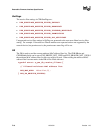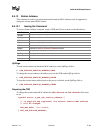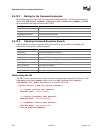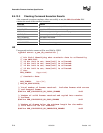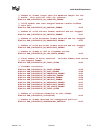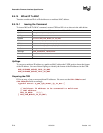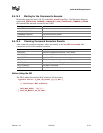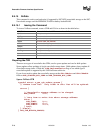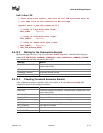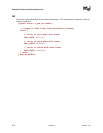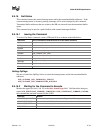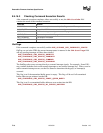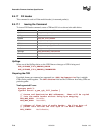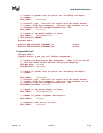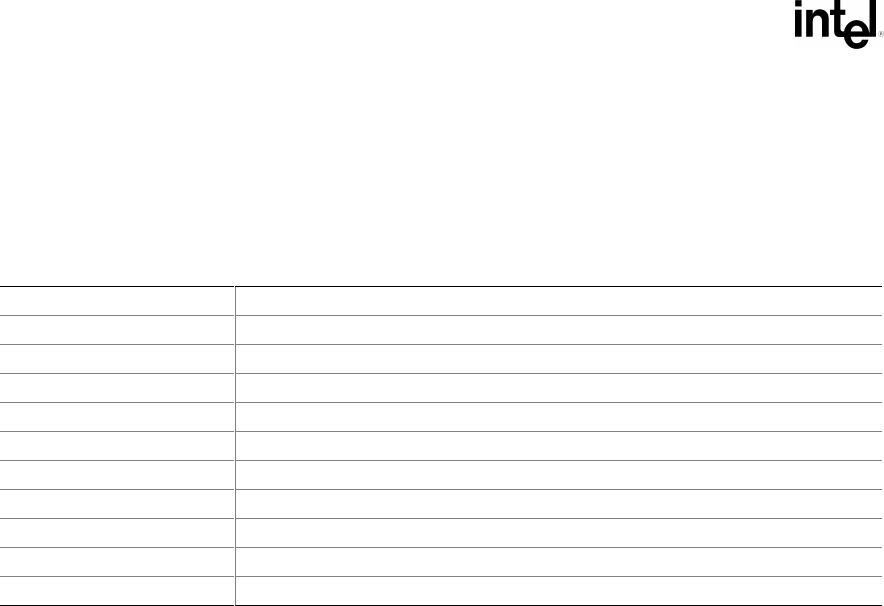
Extensible Firmware Interface Specification
E-76 12/01/02 Version 1.10
E.4.15 NvData
This command is used to read and write (if supported by NIC H/W) nonvolatile storage on the NIC.
Nonvolatile storage could be EEPROM, FLASH or battery backed RAM.
E.4.15.1 Issuing the Command
To issue a NvData command, create a CDB and fill it in as shown in the table below:
CDB Field How to initialize the CDB structure for a NvData command
OpCode
PXE_OPCODE_NVDATA
OpFlags Set as needed.
CPBsize
sizeof(PXE_CPB_NVDATA)
DBsize
sizeof(PXE_DB_NVDATA)
CPBaddr
Address of PXE_CPB_NVDATA structure.
Dbaddr
Address of PXE_DB_NVDATA structure.
StatCode
PXE_STATCODE_INITIALIZE
StatFlags
PXE_STATFLAGS_INITIALIZE
Ifnum
A valid interface number from zero to !PXE.IFcnt.
Control Set as needed.
Preparing the CPB
There are two types of nonvolatile data CPBs, one for sparse updates and one for bulk updates.
Sparse updates allow updating of single nonvolatile storage items. Bulk updates always update all
nonvolatile storage items. Check the !PXE.Implementation flags to see which type of
nonvolatile update is supported by this UNDI and network device.
If you do not need to update the nonvolatile storage set the CDB.CPBsize and CDB.CPBaddr
fields to PXE_CPBSIZE_NOT_USED and PXE_CPBADDR_NOT_USED.
Sparse NvData CPB
typedef struct s_pxe_cpb_nvdata_sparse {
// NvData item list. Only items in this list will be updated.
struct {
// Nonvolatile storage address to be changed.
PXE_UINT32 Addr;
// Data item to write into above storage address.
union {
PXE_UINT8 Byte;
PXE_UINT16 Word;
PXE_UINT32 Dword;
} Data;
} Item[n];
} PXE_CPB_NVDATA_SPARSE;



